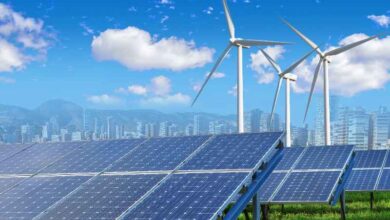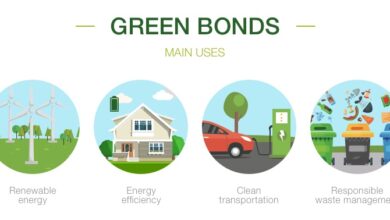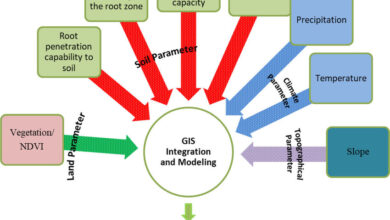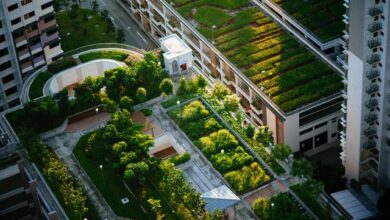The Benefits of Green Roofs and Walls for Urban Environments
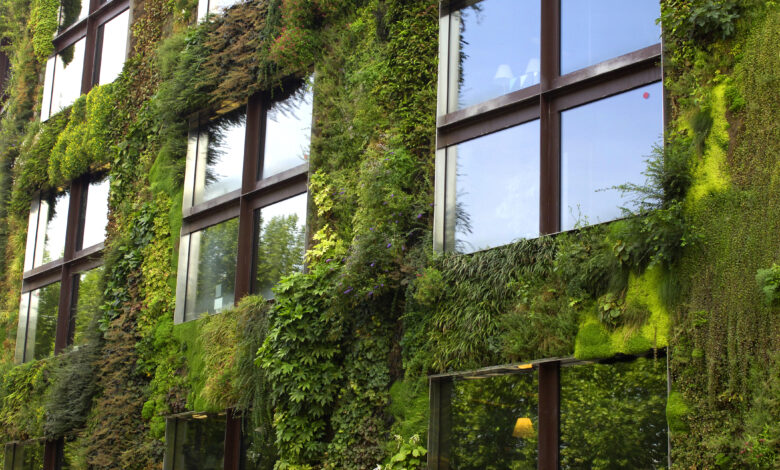
Green roofs and walls are becoming increasingly popular in urban environments due to their many benefits. They are an excellent way to mitigate the negative effects of urbanization, including air pollution, the heat island effect, and stormwater runoff. In this article, we will explore the benefits of green roofs and walls in detail.
1. Introduction
Green roofs and walls are an innovative approach to urban development that can provide numerous benefits to the environment and human health. These structures are covered in vegetation, providing a range of ecological services that improve the quality of life in urban areas.
2. What are Green Roofs and Walls?
Green roofs and walls are structures that are covered in vegetation. Green roofs are typically installed on the roofs of buildings, while green walls are installed on the exterior or interior walls of buildings. Both types of structures can be designed in various sizes and shapes, from small rooftop gardens to large-scale living walls.
3. Benefits of Green Roofs and Walls
3.1 Mitigate the Urban Heat Island Effect
Urban areas are typically much warmer than surrounding rural areas due to the heat island effect. This phenomenon occurs when buildings and pavement absorb and re-emit solar radiation, increasing the temperature of the surrounding air. Green roofs and walls can mitigate this effect by absorbing and evaporating the solar radiation that would otherwise heat up the surrounding air.
3.2 Reduce Stormwater Runoff
In urban areas, rainwater can quickly run off of impermeable surfaces such as roofs, roads, and sidewalks, leading to flooding and water pollution. Green roofs and walls can reduce stormwater runoff by absorbing and storing rainwater, allowing it to slowly evaporate or be taken up by plants.
3.3 Improve Air Quality
Urban areas are often plagued by poor air quality due to high levels of air pollution. Green roofs and walls can improve air quality by capturing and filtering air pollutants such as particulate matter and nitrogen oxides.
3.4 Increase Biodiversity
Green roofs and walls can provide habitat for a variety of plant and animal species, increasing biodiversity in urban areas. This can help support local ecosystems and improve the overall health of the environment.
3.5 Extend Roof Life
Green roofs can protect roofs from weathering, UV radiation, and temperature fluctuations, extending their lifespan and reducing maintenance costs.
3.6 Save Energy
Green roofs and walls can help to reduce energy consumption by insulating buildings, reducing the amount of energy needed to heat and cool them. This can help to lower energy bills and reduce greenhouse gas emissions.
3.7 Reduce Noise Pollution
Green roofs and walls can help to reduce noise pollution by absorbing sound waves and blocking noise from entering buildings.
3.8 Increase Property Values
Green roofs and walls can increase property values by improving the aesthetic appeal of buildings, reducing energy costs, and providing additional outdoor space for residents.
4. Types of Green Roofs and Walls
There are two main types of green roofs and walls: intensive and extensive.
4.1 Intensive Green Roofs and Walls
Intensive green roofs and walls require a higher degree of maintenance and are typically more expensive to install. These structures are designed to support a wider variety of plants and can be used for various purposes, such as rooftop gardens, parks, and recreational spaces. They typically have a thicker growing medium, allowing for deeper-rooted plants and trees to be grown.
4.2 Extensive Green Roofs and Walls
Extensive green roofs and walls are designed to be low maintenance and require less irrigation and fertilization. They are typically used for insulation purposes and to reduce the heat island effect. These structures are planted with low-growing plants such as succulents, herbs, and grasses that are adapted to withstand harsh growing conditions such as limited water and nutrients.
5. Design and Maintenance Considerations
When designing and installing green roofs and walls, several factors should be considered, such as the building’s structural capacity, drainage, and irrigation needs, and the type of vegetation that will be used. Proper maintenance is crucial for ensuring the long-term health and vitality of the plants and the structure. Maintenance tasks include pruning, fertilizing, and weed control.
